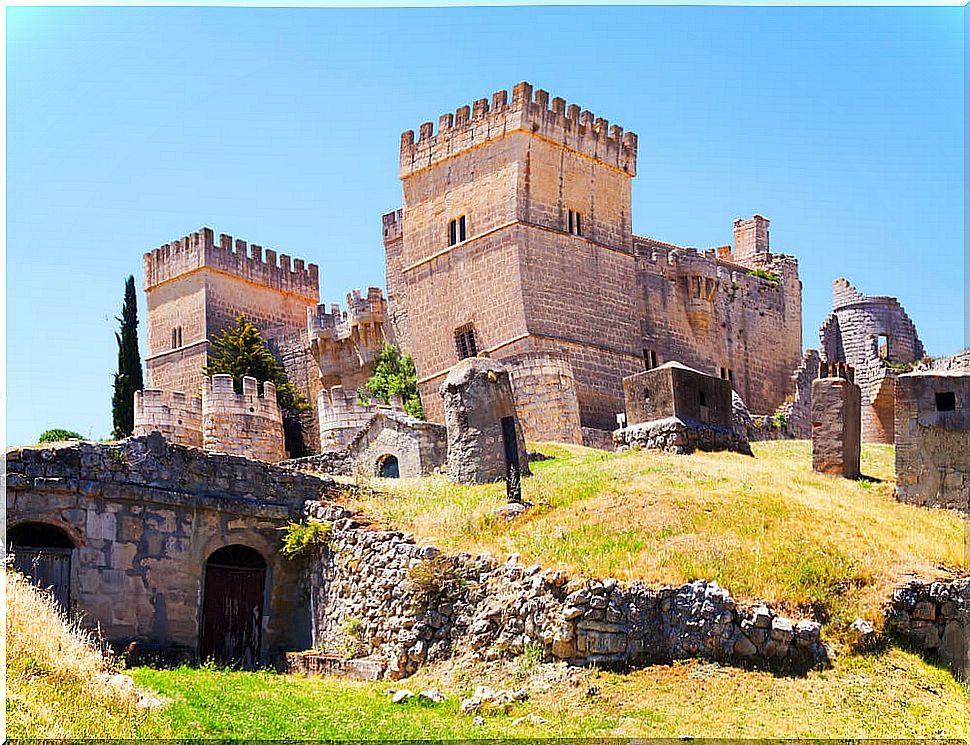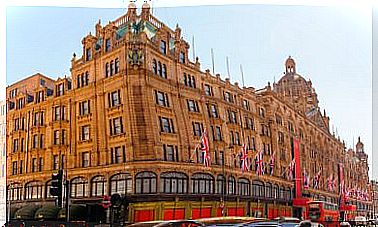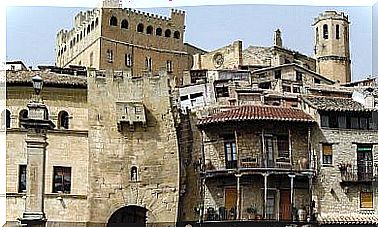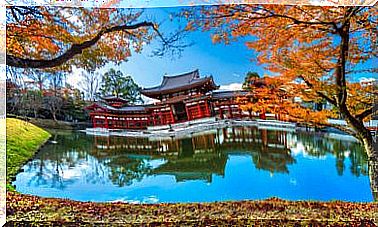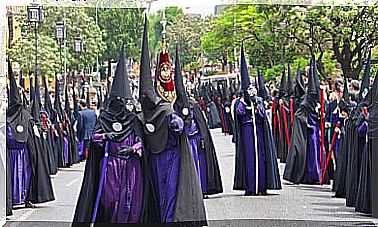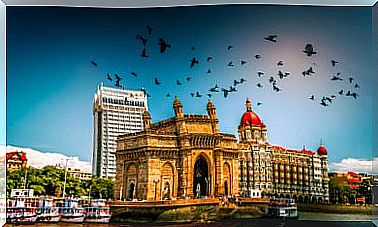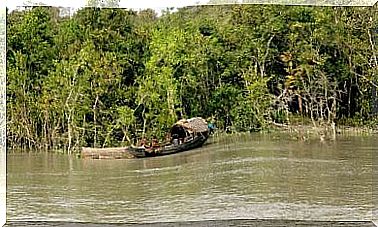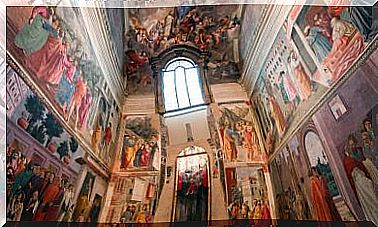We Visit The Church Of San Martín De Tours De Frómista
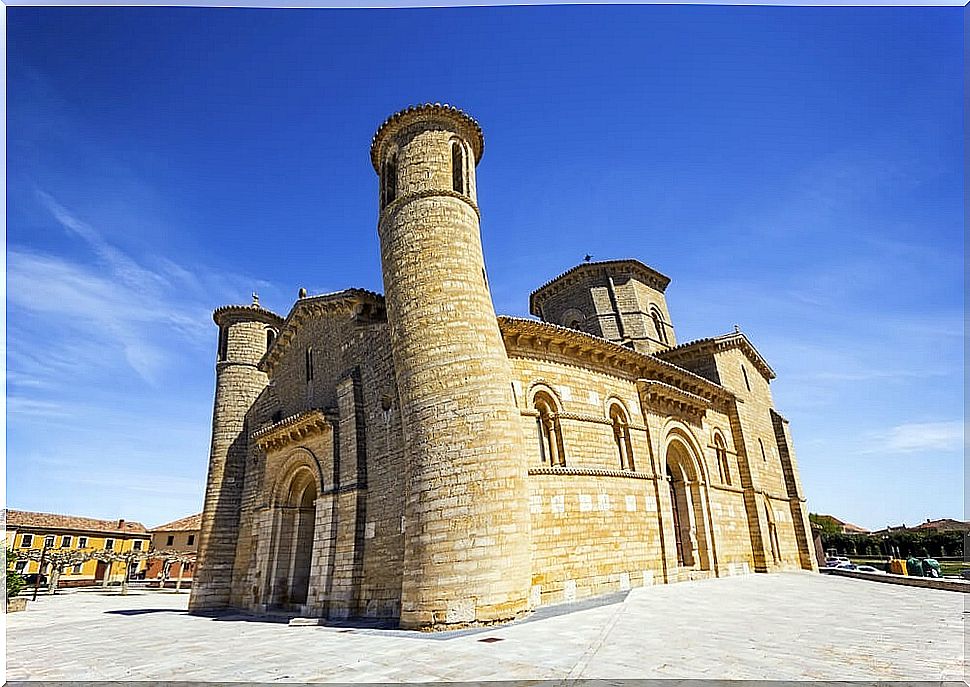
The church of San Martín de Tours de Frómista is a jewel of the Spanish Romanesque. Its construction was carried out during the 11th century and we can visit it in one of the most beautiful towns in Palencia: Frómista. This temple is part of the Camino de Santiago and, if you pass by, we recommend that you make a stop on the way to get to know it.
A little history
The construction of this beautiful Romanesque church is due to Queen Doña Mayor de Castilla, wife of King Sancho III of Pamplona. It was she who promoted the founding of the San Martín monastery, which no longer exists as such. This church is the only vestige that remains of him.
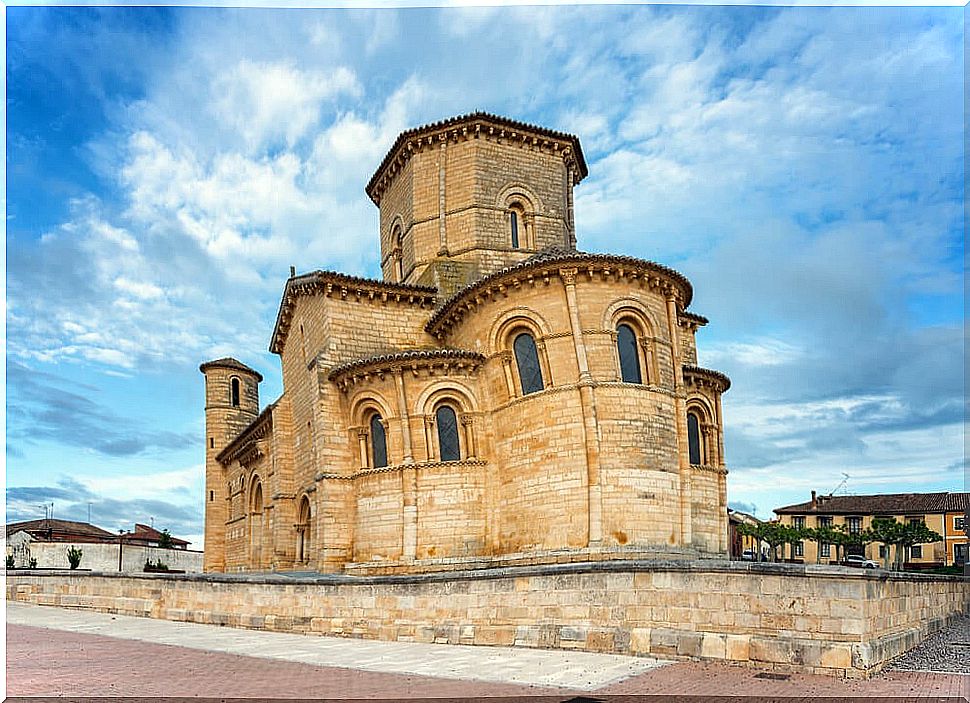
It began to be erected in the year 1066 and it seems that stonemasons from the cathedral of Jaca worked there, as there are similarities in style. A short time later it passed into the hands of the Benedictine Order, which had its headquarters in the nearby town of Carrión de los Condes. After several changes of ownership, it was abandoned.
Thus, a process of deterioration began until well into the 19th century, when it was completely restored by the architect Manuel Aníbal Álvarez Amoroso. The objective was to restore it to its original Romanesque appearance, as over the centuries towers and annexes had been added that distorted its image.
In 1894 the church was declared a National Monument and several of its decorative elements were transferred to the Archaeological Museum of Palencia for their conservation. To replace them, reproductions were placed in the temple that today are very well integrated.
The temple of San Martín de Frómista
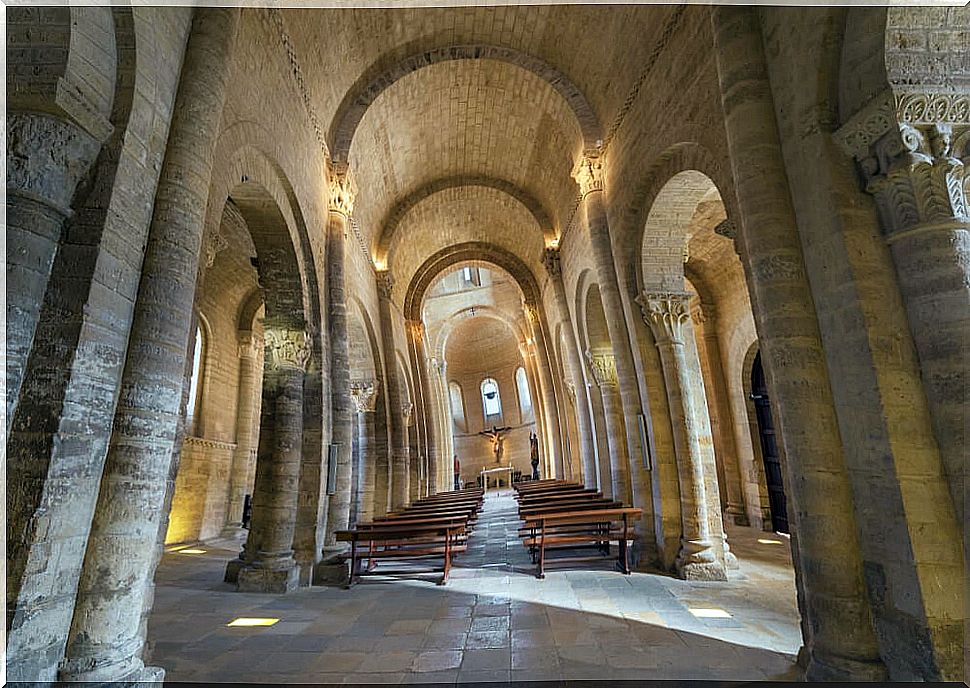
The church has a basilica plan with three low naves finished in three apses. The largest central one was the most important and the three are separated by composite pillars that support barrel vaults.
Inside, the calm typical of Romanesque temples reigns. The decoration is scarce and it is centered mainly on the stone capitals, among which those dedicated to the story of Adam and Eve or the fable of The Fox and the Raven stand out.
Also noteworthy is the central apse or the head, where the main altar is crowned by a crucified Christ from the late 13th century and flanked by the sculptures of San Martín and Santiago.
It is a sober and robust temple in which a dome rises over the transept. It had four entrance doors, although today only two are useful, as the others have been bricked up. Likewise, its precious circular towers are worth mentioning.
An exterior full of gargoyles
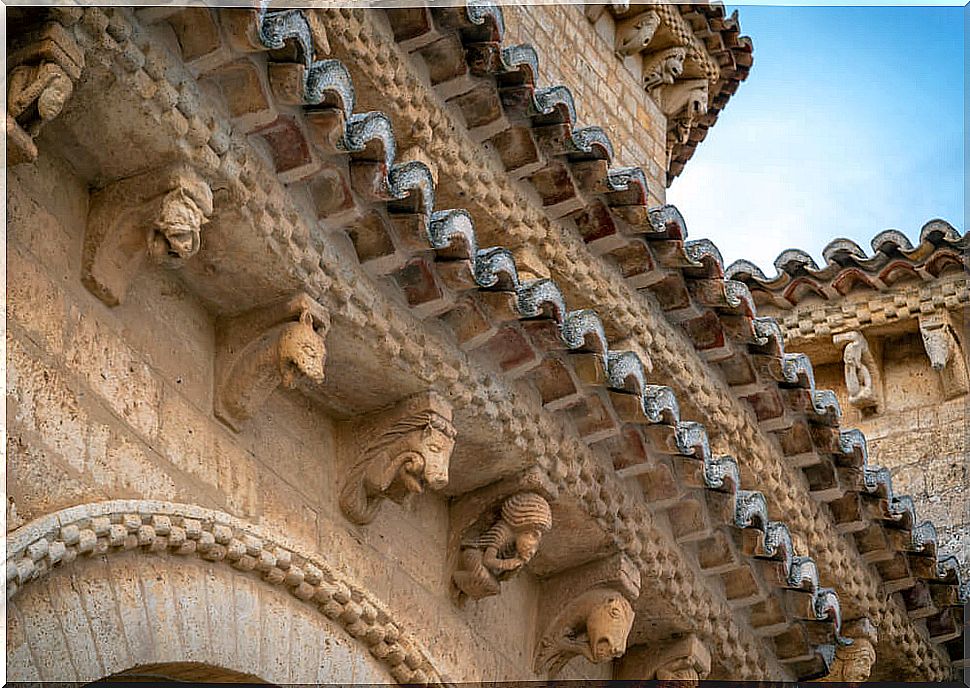
Curiously, in the outdoor area is where we can find more decoration. It is an exterior with solid walls with beautiful semicircular arches as windows and buttresses.
The most outstanding thing is the decoration with which the facade has. There, over the main entrance door to the temple, there is a six-armed chrismon that has not yet been dated. In addition, it has chess-like decoration in the openings. It is a decoration that extends in the form of a border throughout the entire temple and that also exists inside.
But what stands out the most are the more than 300 gargoyle-type corbels that represent fantastic animals and mythological beings. It represents a whole compendium of Romanesque and Middle Ages iconography. Likewise, the precious play of curved and straight volumes of all the facades and the different heights of the roofs stand out.
The visit to the church of San Martín de Frómista
The church of San Martín de Tours de Frómista can be visited every day of the year in the morning and afternoon. Thus, you can access it from 10:00 a.m. to 2:00 p.m. and from 3:30 p.m. to 6:30 p.m. And the ticket price ranges from one euro to one and a half euro.
It is an obligatory visit if you pass there on the Camino de Santiago or for the simple pleasure of knowing the wonders that the towns of Palencia can offer to lovers of architecture and art. We assure you that you will not regret it.
